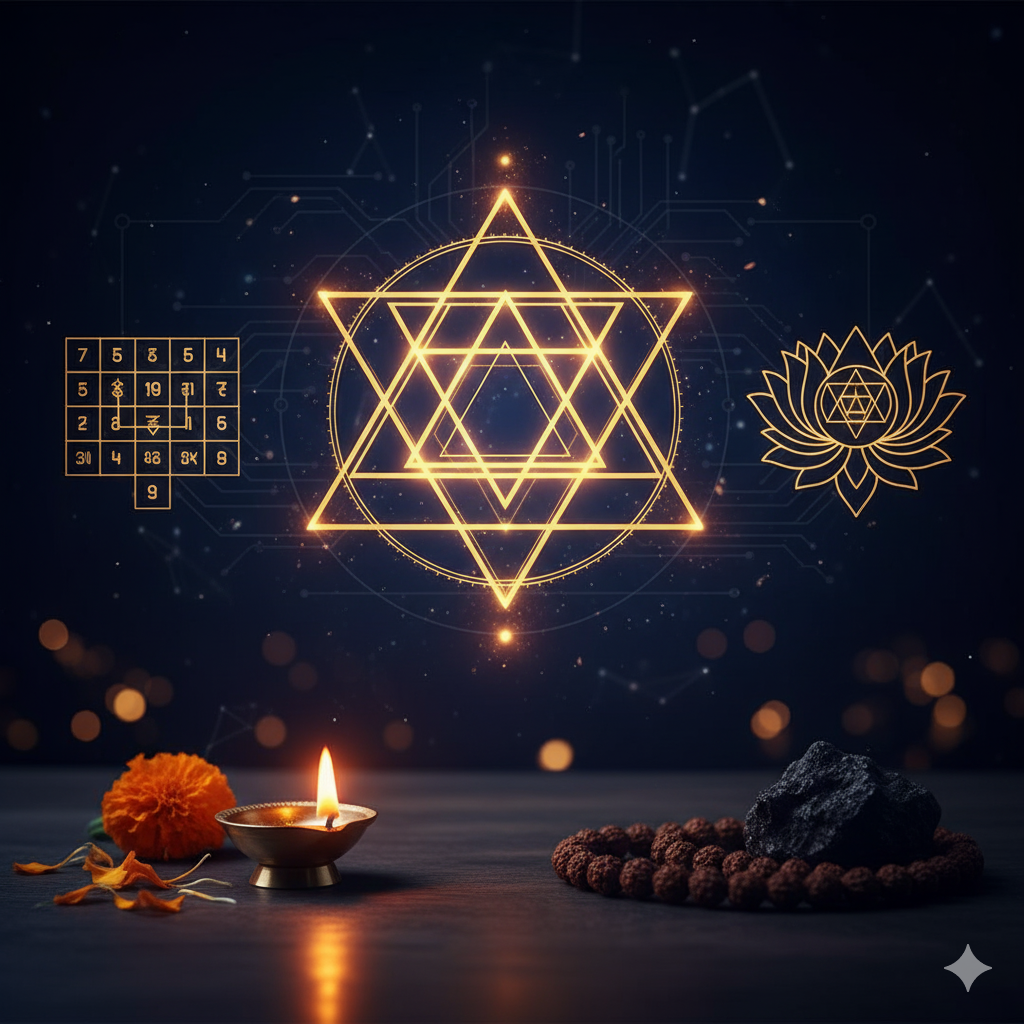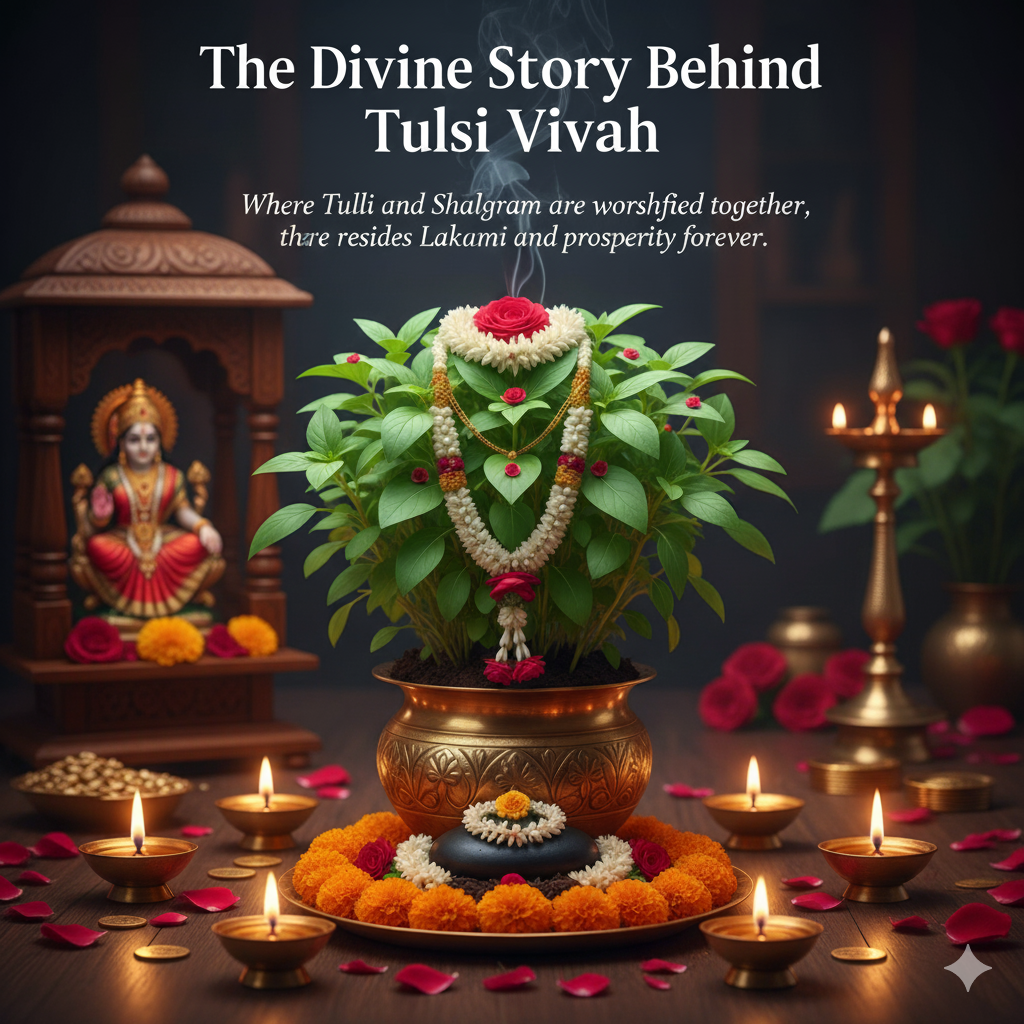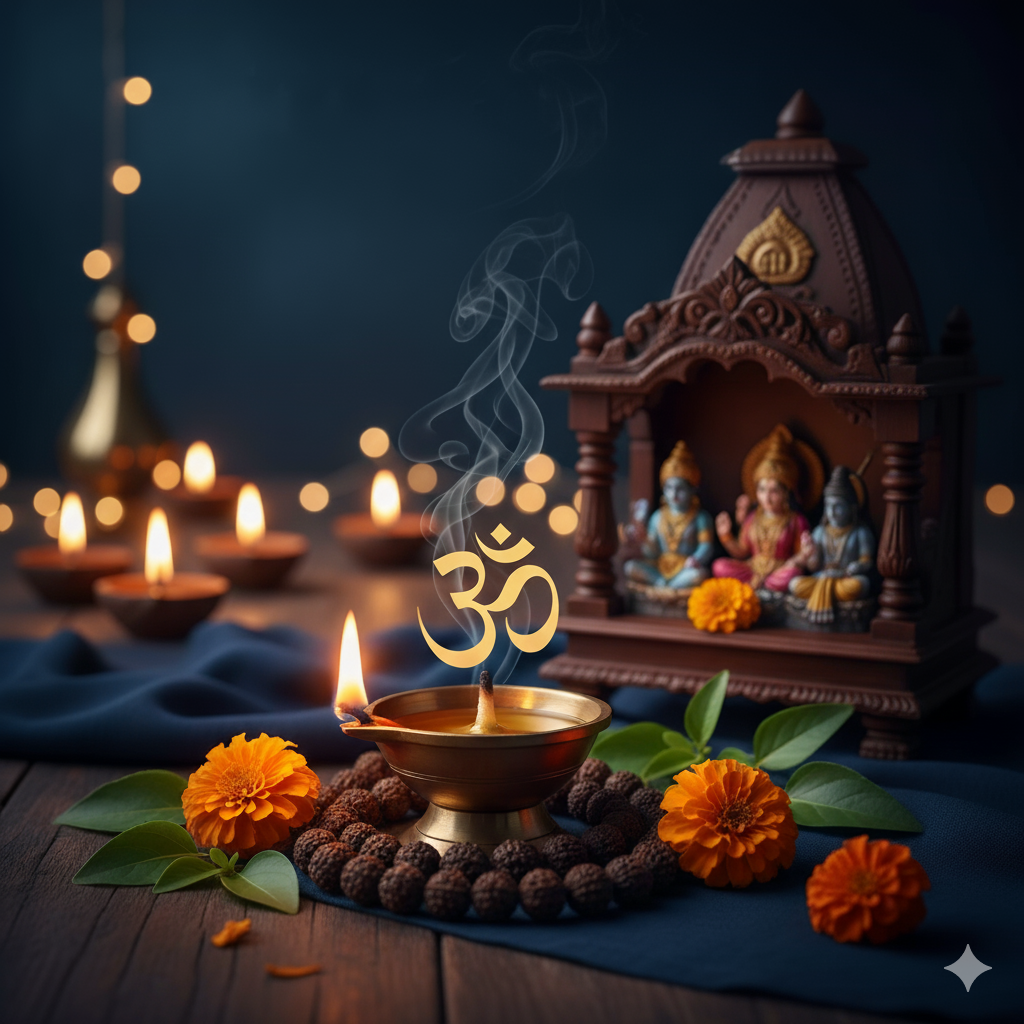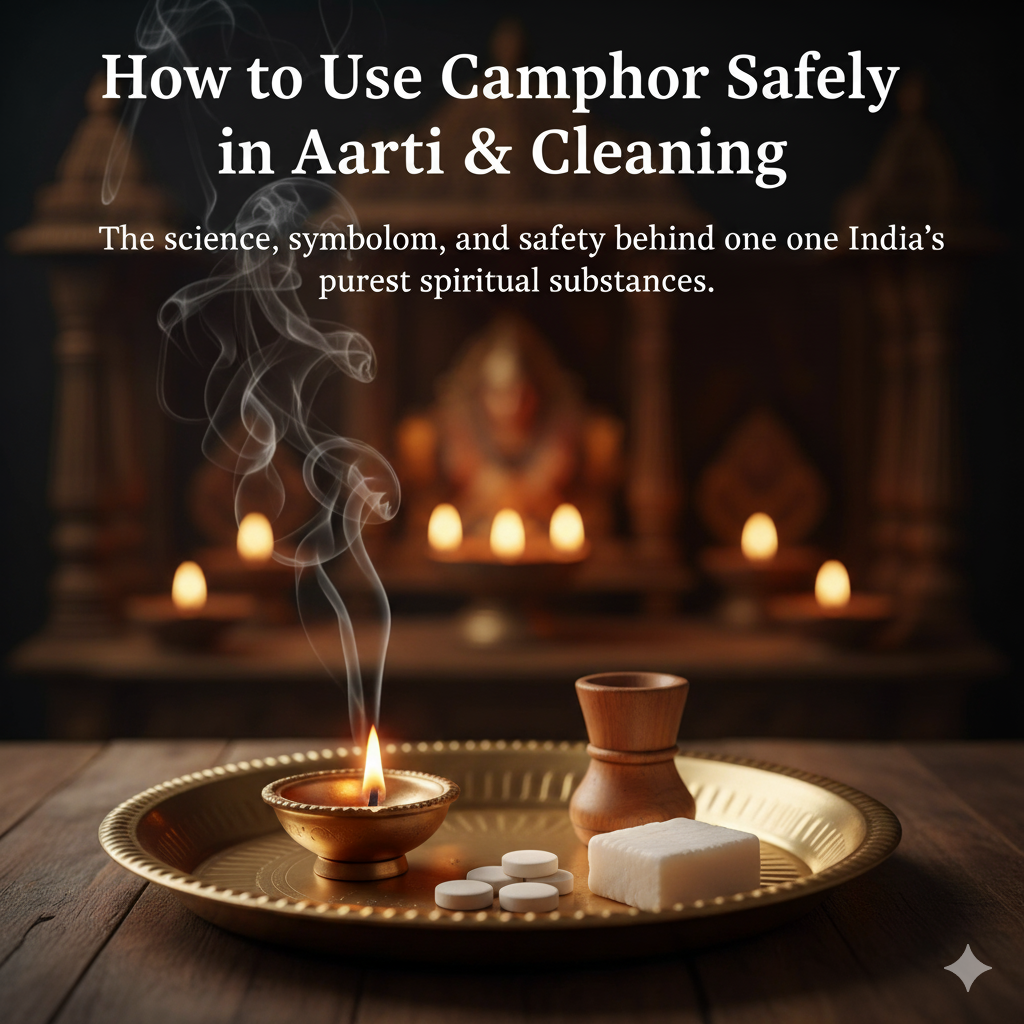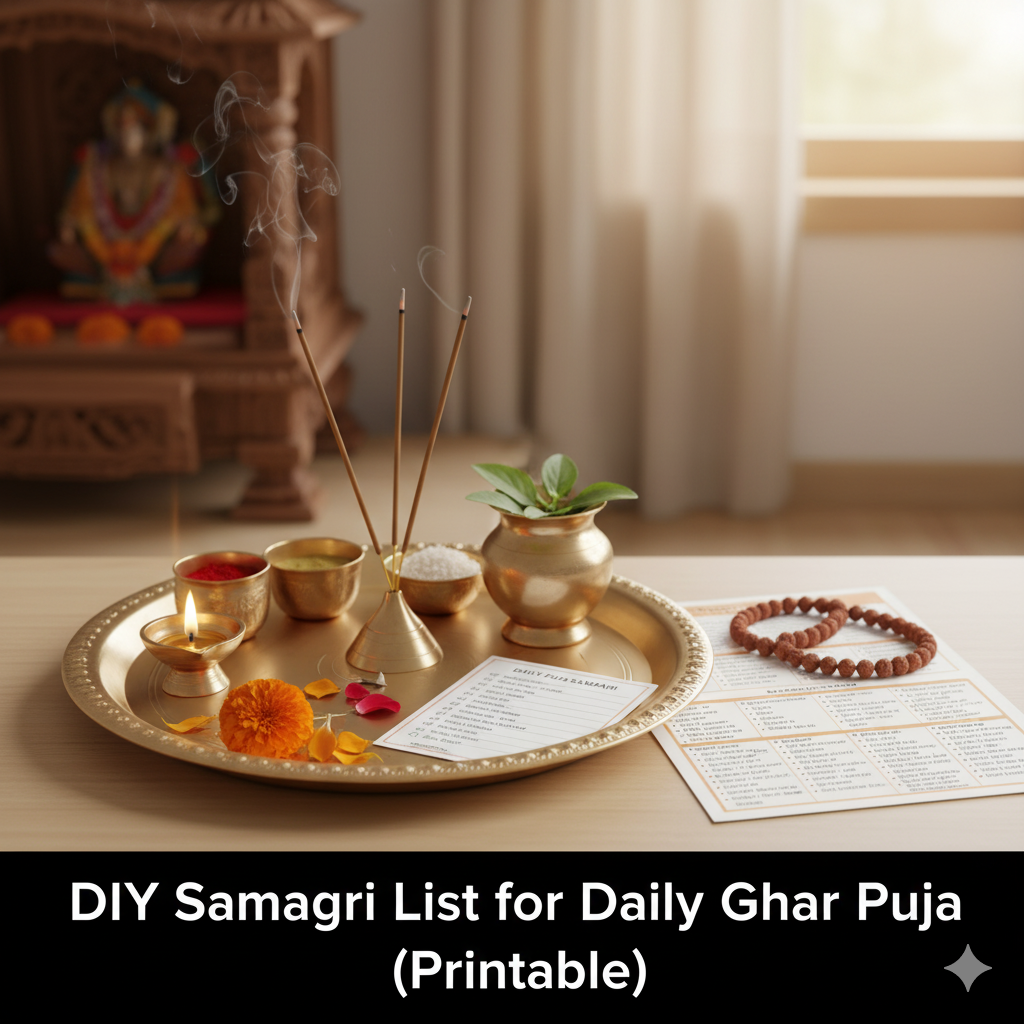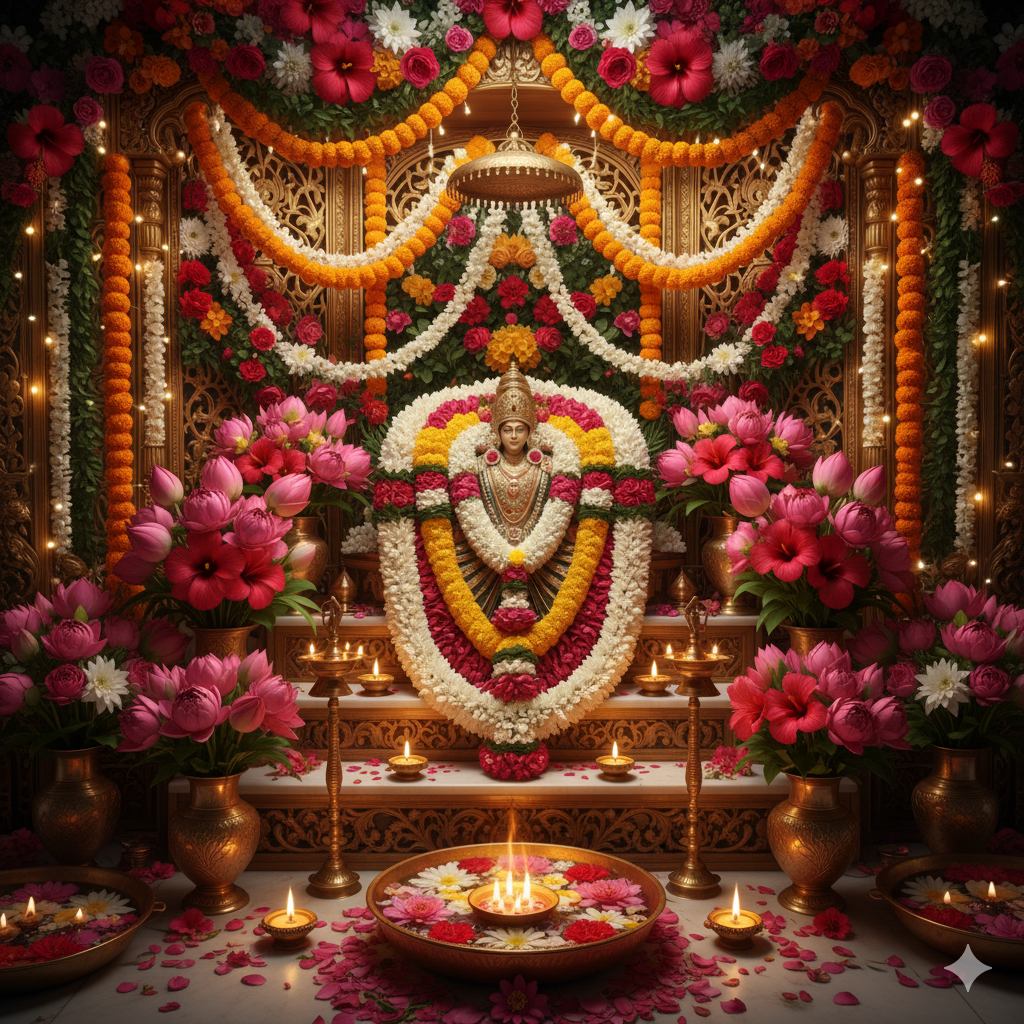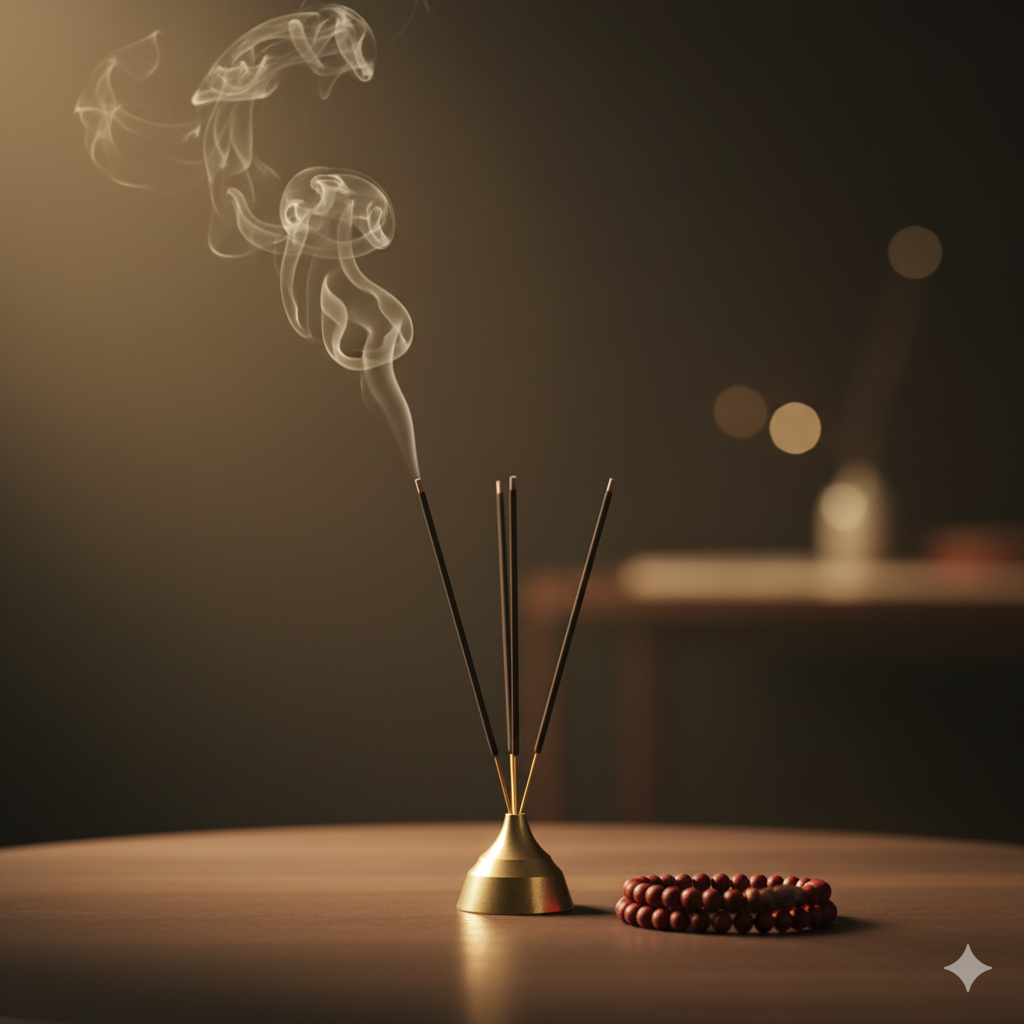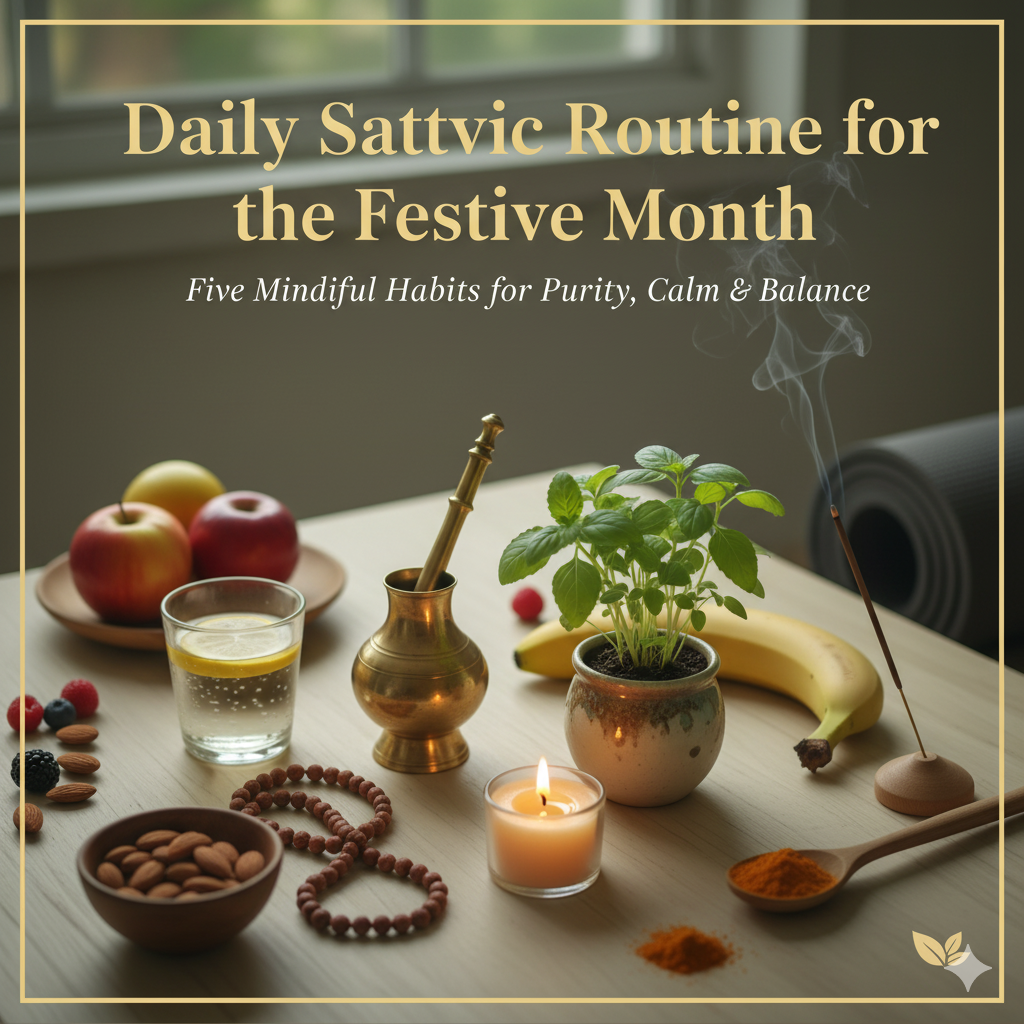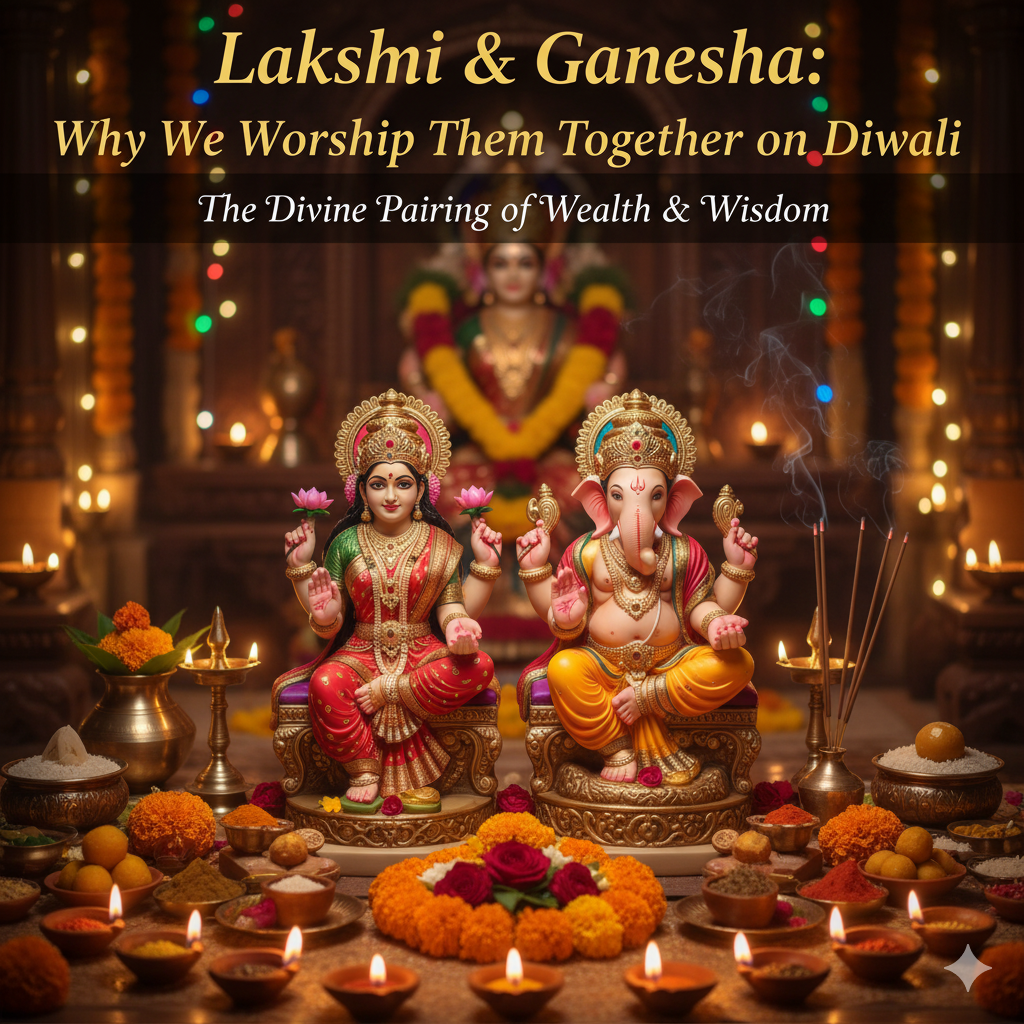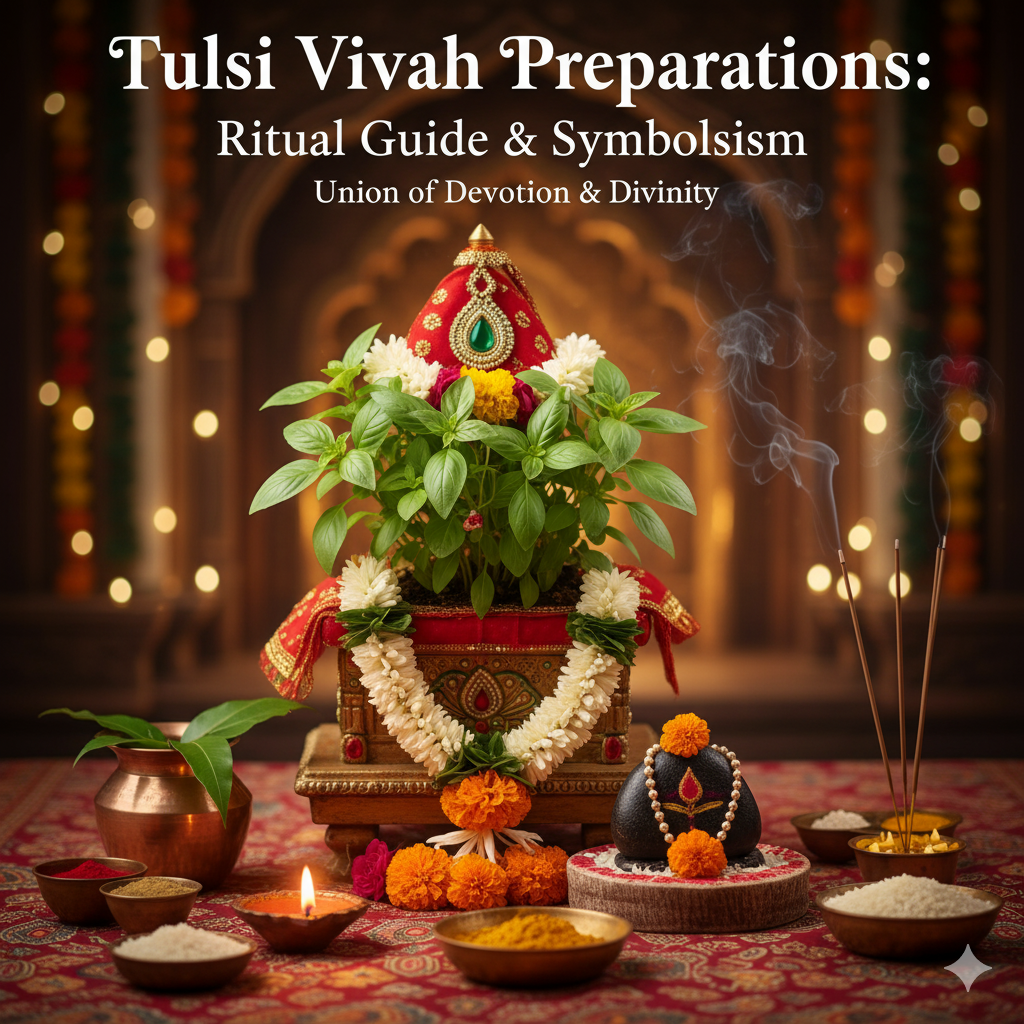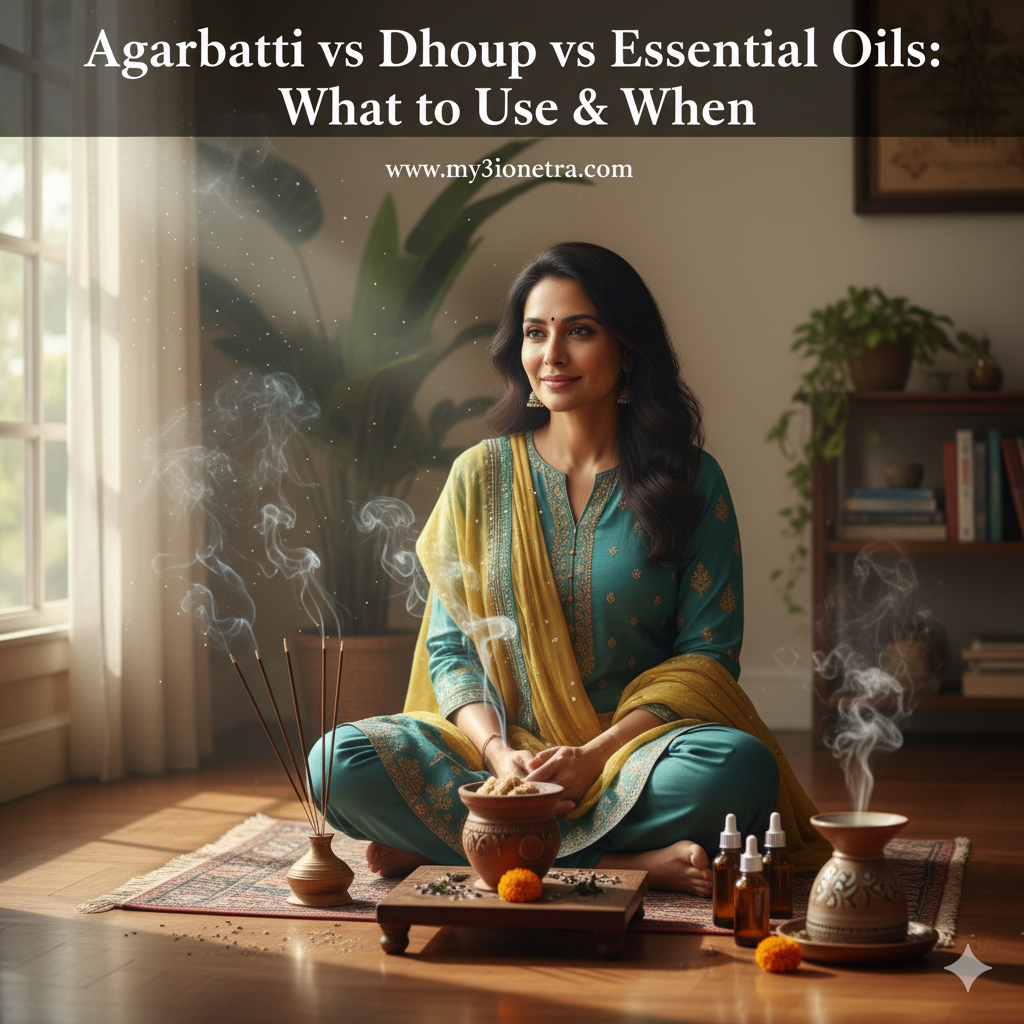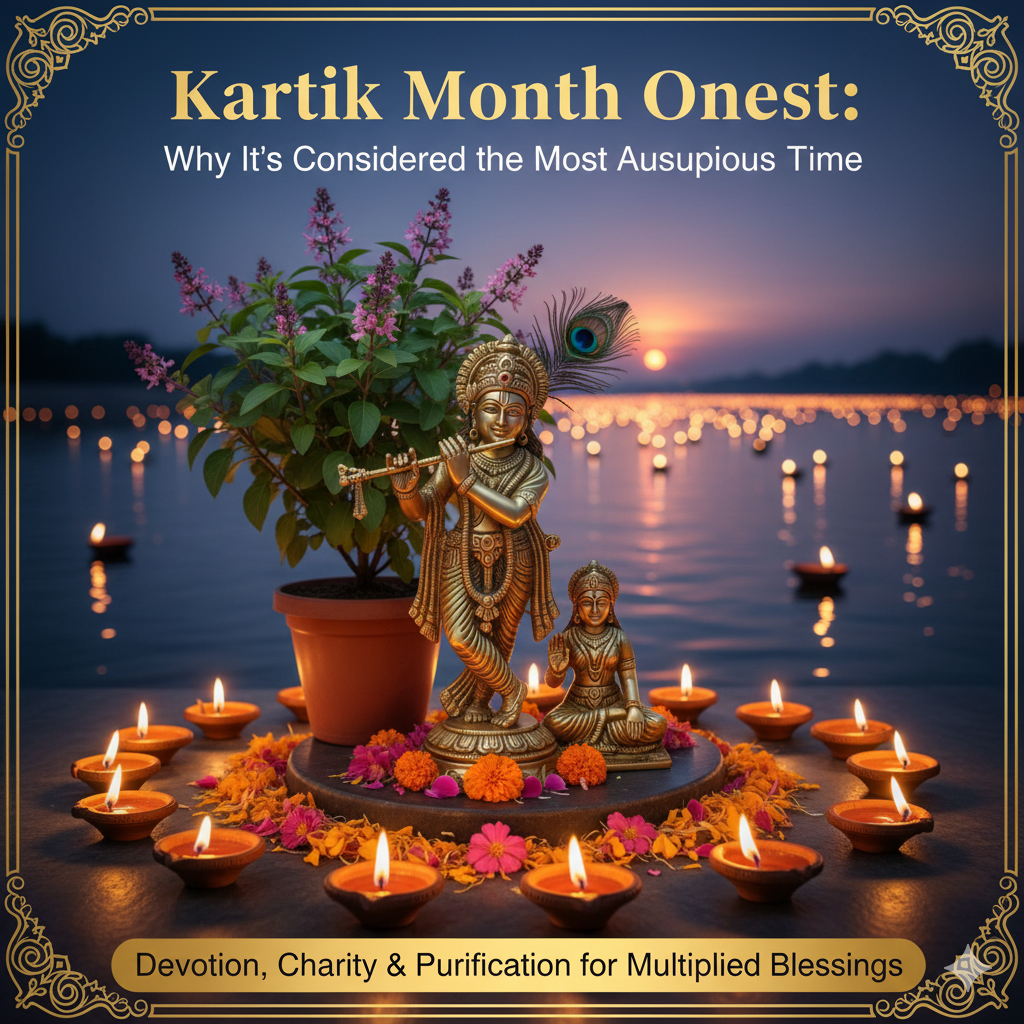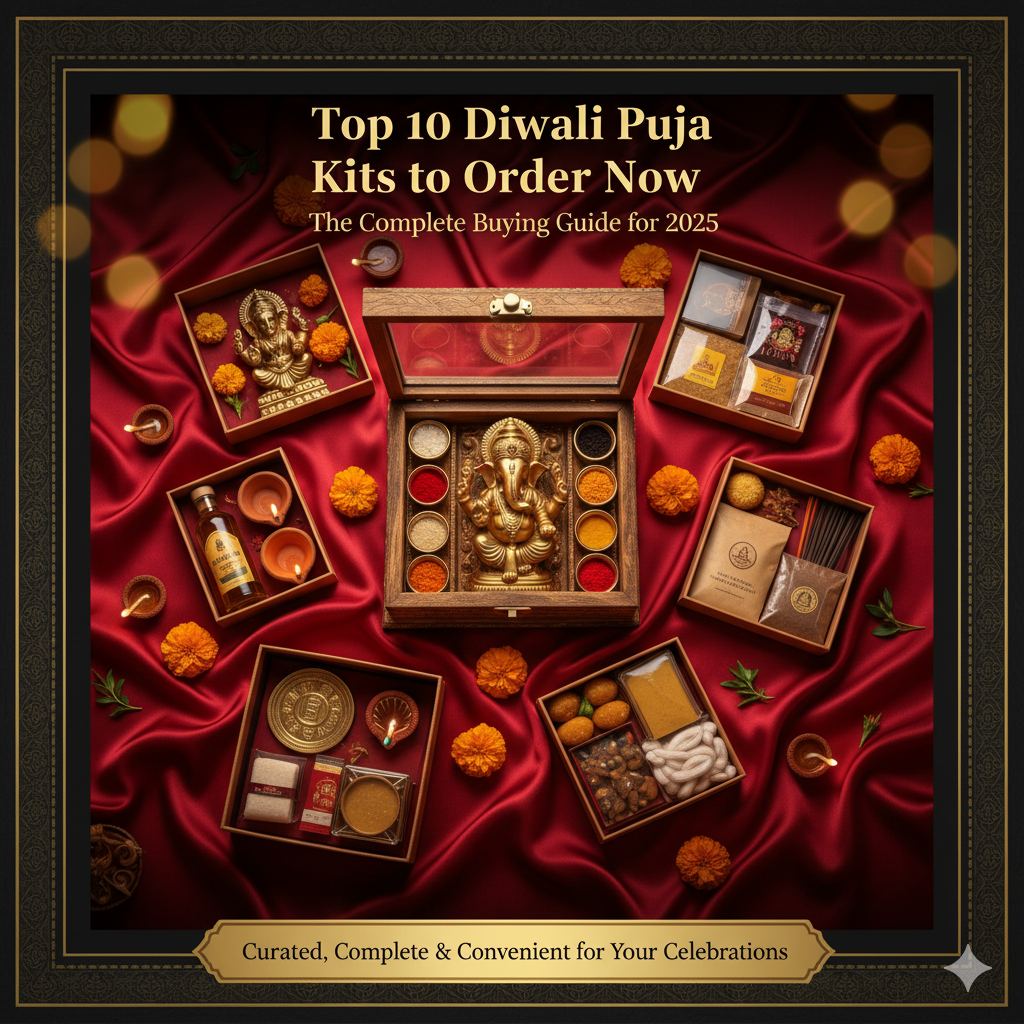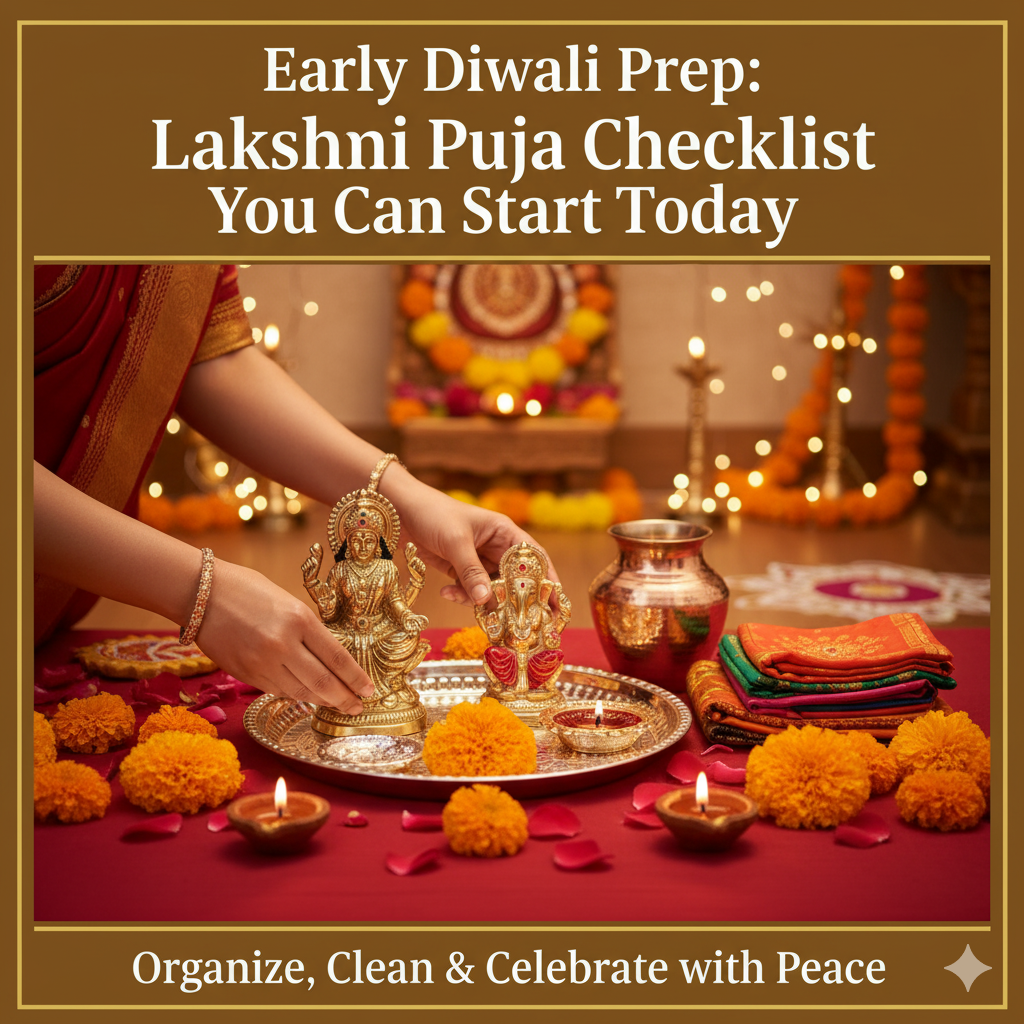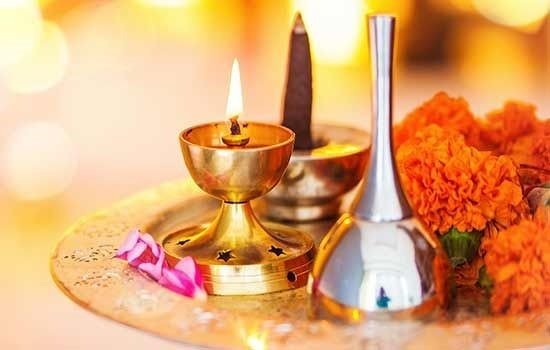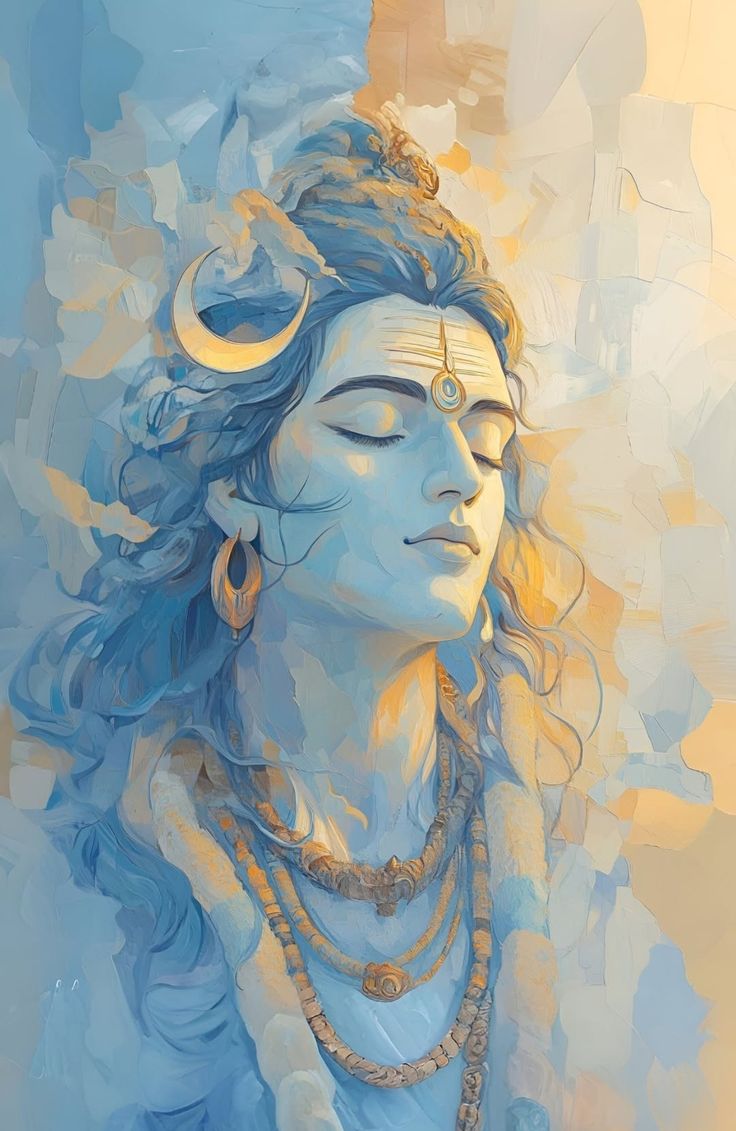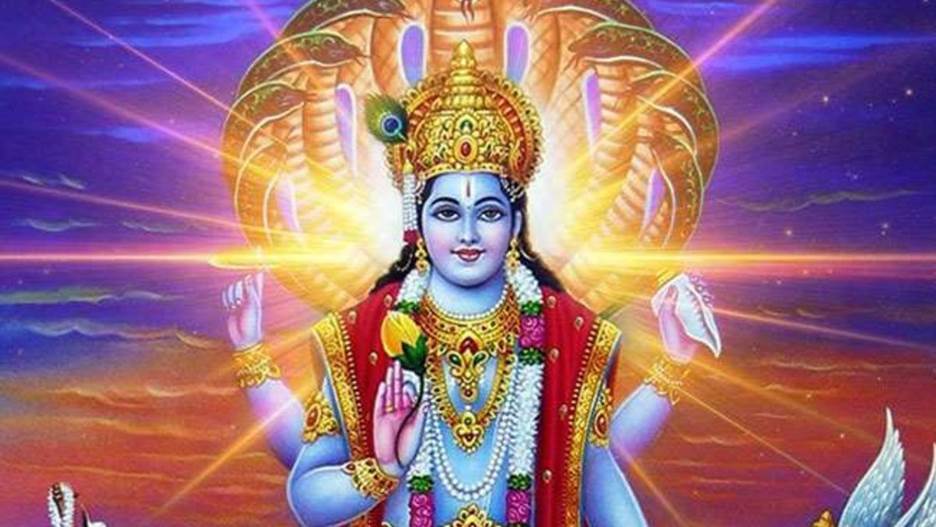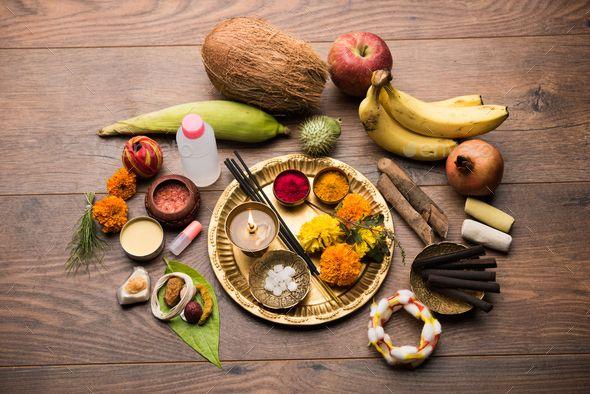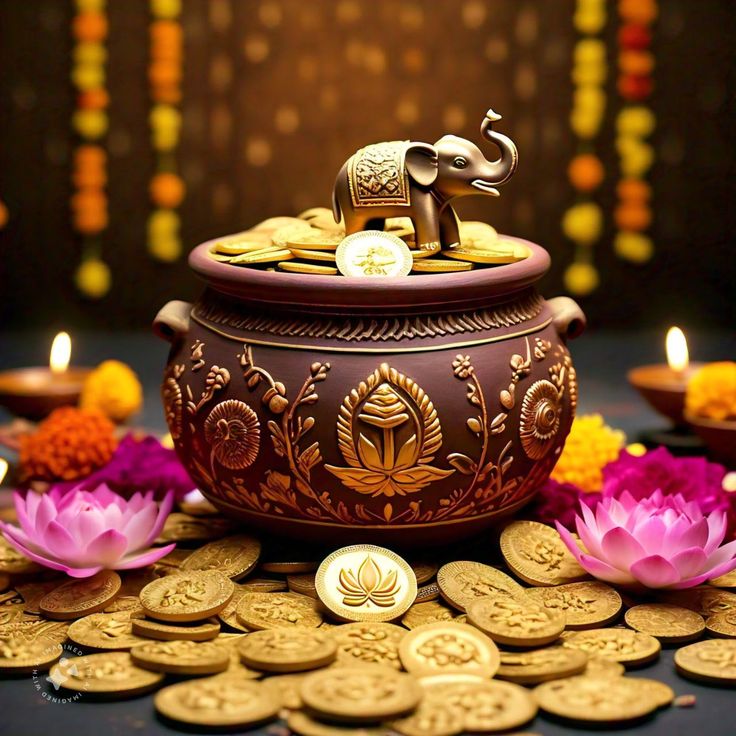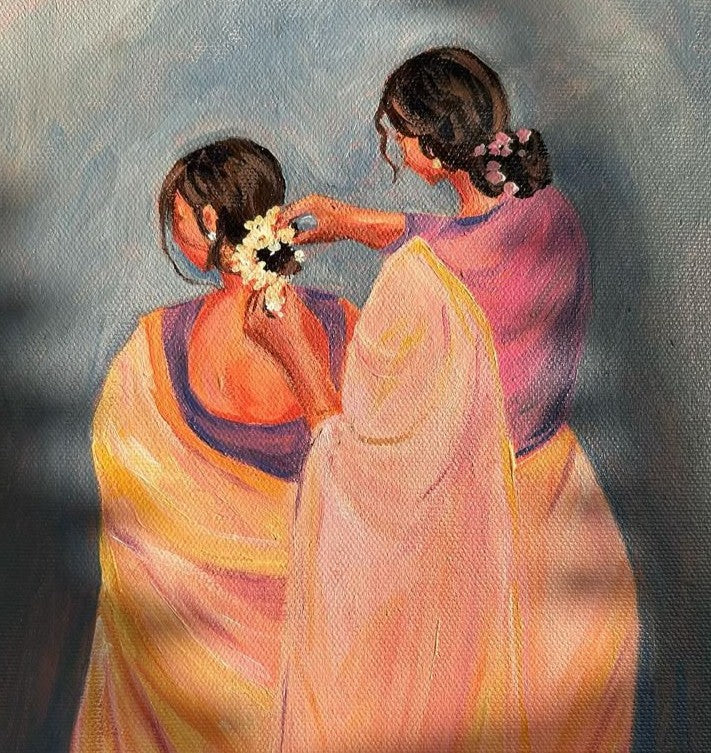🌿 Incense Science: Fragrance Notes That Calm & Focus
Discover the hidden power of scent — where devotion meets neuroscience.
Long before aromatherapy became a buzzword, Indian households had already mastered the science of scent through dhoop, agarbatti, and camphor rituals. Lighting incense was never just about fragrance — it was about vibration. Each note, from sandalwood to guggul, was believed to open a specific chakra and align the senses with the divine.
Today, modern research validates what sages always knew — fragrance alters brain chemistry, influences mood, and deepens focus. The simple act of lighting incense during puja or meditation releases molecules that calm the nervous system and purify the air.
In this My3ionetra guide, we blend ancient wisdom with modern science to help you choose the right incense for your space, mood, and ritual.
🪔 1. The Science Behind Incense
When incense burns, it releases natural essential oils and plant resins into the air. These molecules travel through your olfactory nerve, directly connecting to the limbic system — the emotional and memory center of your brain.
This is why just one whiff of sandalwood or rose can instantly calm your mind or recall a temple visit from childhood.
Scientific benefits of incense smoke (when used correctly):
Reduces cortisol levels (stress hormone)
Enhances alpha brain waves, aiding meditation
Acts as a natural antibacterial and air purifier
Stabilizes mood and increases focus
“Where there is fragrance, there is consciousness.”
👉 Explore My3ionetra Prasadam Collection for temple-grade incense and dhoop curated for both spiritual and scientific benefits.
🌼 2. The Five Sacred Fragrance Families & Their Effects
Each incense note carries a subtle vibration that affects mood and mental state. Let’s decode the top five fragrances most used in Indian rituals.
🌳 Sandalwood – The Meditator’s Scent
Aroma: Warm, woody, and groundingEffect: Enhances focus, lowers anxiety, improves clarity
Used in temples for centuries, sandalwood calms the mind and slows overthinking. Scientifically, it contains alpha-santalol, known to promote theta brain waves — the same state reached in deep meditation.
Best for: Morning prayers, japa meditation, and Vishnu or Lakshmi puja.
💡 Tip: Burn sandalwood incense for 15 minutes before beginning your day — it helps regulate breath and thoughts.
👉 Try Sandal Dhoop & Pure Chandan Cones from Prasadam Essentials.
🌺 Rose – The Scent of Devotion
Aroma: Soft, floral, romanticEffect: Opens the heart chakra, enhances love and compassion
In Bhakti yoga, rose is considered the flower of surrender. It soothes emotional turbulence and helps you connect emotionally with your prayers.
Best for: Lakshmi, Radha-Krishna, or Durga worship.
💡 Ritual idea: Offer a rose incense stick with petals at your altar every Friday for harmony at home.
🌿 Guggul – The Ancient Purifier
Aroma: Resinous, earthy, temple-likeEffect: Cleanses aura, removes negativity, stabilizes energy
Guggul resin (from the Commiphora mukul tree) is a Vedic cleansing tool. It’s used to purify temples before yagnas and in homes before festivals. It’s scientifically proven to have antimicrobial and antifungal properties.
Best for: Evening Aarti, new moon rituals, or after house cleaning.
👉 Shop Temple Guggul Dhoop Sticks & Cups from Prasadam Collection — ideal for Diwali deep cleanse.
🌸 Jasmine – The Mood Lifter
Aroma: Sweet, intoxicating, floralEffect: Increases serotonin, reduces fatigue, inspires positivity
Jasmine opens the sacral chakra, bringing joy and creativity. It’s often used in evening pujas or post-work meditation to release tension.
Best for: Shiva or Parvati pujas, or before creative work.
💡 Evening ritual: Burn jasmine incense, light one diya, and play soft bhajans to balance emotions after a long day.
🌾 Lavender – The Modern Monk’s Choice
Aroma: Fresh, soothing, lightly herbalEffect: Improves sleep, relieves anxiety, aids relaxation
While not traditionally Indian, lavender blends beautifully with sattvic living. It balances the mind during fasting or journaling rituals.
Best for: Kartik month, detox days, or before bed.
💡 Mix idea: Combine lavender incense with camphor for a “mind reset” aura cleanser.
🔥 3. The Right Way to Burn Incense (Do’s & Don’ts)
Step
Ritual
Reason
1
Light incense from a diya flame, not a lighter
Transfers sacred energy
2
Hold for 7 seconds, then gently blow out
Prevents soot buildup
3
Wave clockwise around the altar 3 times
Symbolic offering to deities
4
Place on a copper or clay holder
Enhances grounding
5
Let ashes cool and offer to Tulsi or plants
Completes energy cycle
✅ Do: Ventilate the room slightly after 10 minutes — incense energy spreads better in open air.❌ Don’t: Use near pets or directly under fans. Avoid synthetic incense with chemical binders.
👉 My3ionetra’s Natural Dhoop & Camphor Collection is chemical-free, temple-quality, and safe for daily use.
💫 4. Fragrance for Every Mood & Time
Time of Day
Ideal Fragrance
Purpose
Morning (4–8 AM)
Sandalwood / Camphor
Awakens clarity & devotion
Noon (12–2 PM)
Rose / Lavender
Cooling & balancing
Evening (6–8 PM)
Guggul / Jasmine
Removes negativity, invites peace
Night (9–10 PM)
Lavender / Chandan
Promotes deep rest
💡 Pro Tip: Switch fragrances weekly — it keeps your senses refreshed and spiritual environment balanced.
🪷 5. The Energy Science: How Incense Affects Chakras
Chakra
Fragrance
Effect
Root (Muladhara)
Guggul / Camphor
Grounding & cleansing
Heart (Anahata)
Rose / Jasmine
Compassion & love
Throat (Vishuddha)
Sandalwood / Lavender
Expression & calm
Crown (Sahasrara)
Chandan / Frankincense
Meditation & transcendence
Lighting incense is thus not just aroma — it’s energy alignment.
🌺 6. DIY Blends for Your Mood
You can mix natural powders to create custom incense blends.
Intention
Blend
Ratio
For focus
Sandalwood + Frankincense
2:1
For abundance
Rose + Guggul
1:1
For cleansing
Camphor + Loban
1:2
For sleep
Lavender + Chandan
1:1
Store in an airtight glass jar and use a pinch on charcoal tablets during meditation.
🕉️ FAQs
Q1. Can incense be used daily?Yes — just 10 minutes a day improves air quality and energy flow. Use natural, resin-based incense only.
Q2. Why does my incense leave black soot?That’s a sign of synthetic binders or excessive oil. Choose handmade temple incense instead.
Q3. Can I burn multiple fragrances together?Yes, but keep them complementary — like sandalwood + rose, not jasmine + guggul.
Q4. Is incense safe during fasting?Absolutely. In fact, it stabilizes emotions and curbs appetite through calming aromatics.
✨ Conclusion
When you light incense, you’re not just perfuming your room — you’re inviting consciousness. The smoke rises like prayer, carrying intention upward, while grounding your breath and senses.
As sages said, “Fragrance is the language of the unseen.”
🪔 Begin your own fragrance ritual:
Shop Pure Temple Incense & Dhoop under ₹1,100
Or Book a Puja Online and receive temple-blessed camphor and dhoop as prasadam.
Light a stick. Take a breath. Let your mind settle in stillness — one fragrance at a time. 🌼










